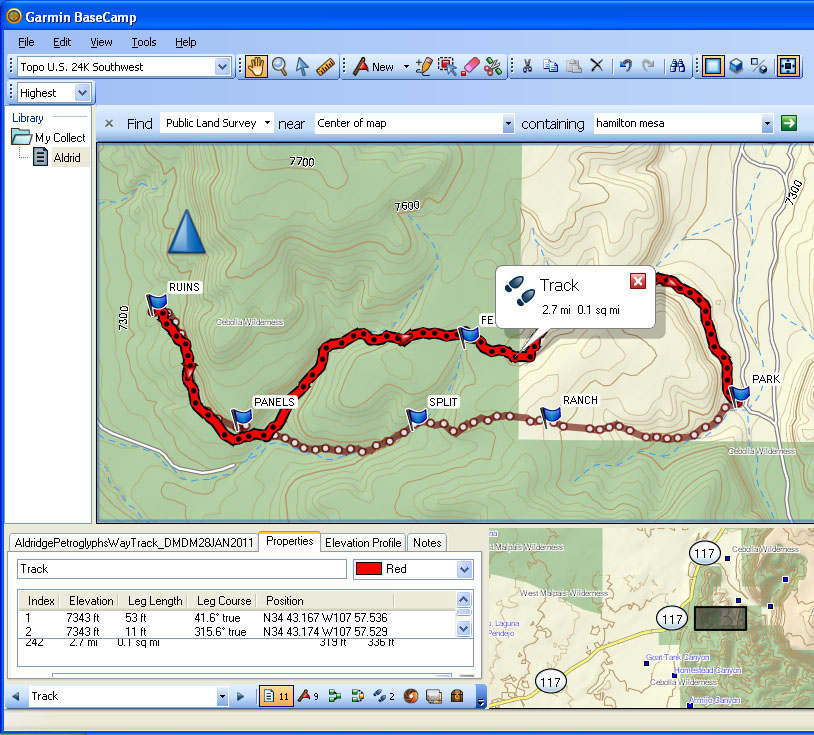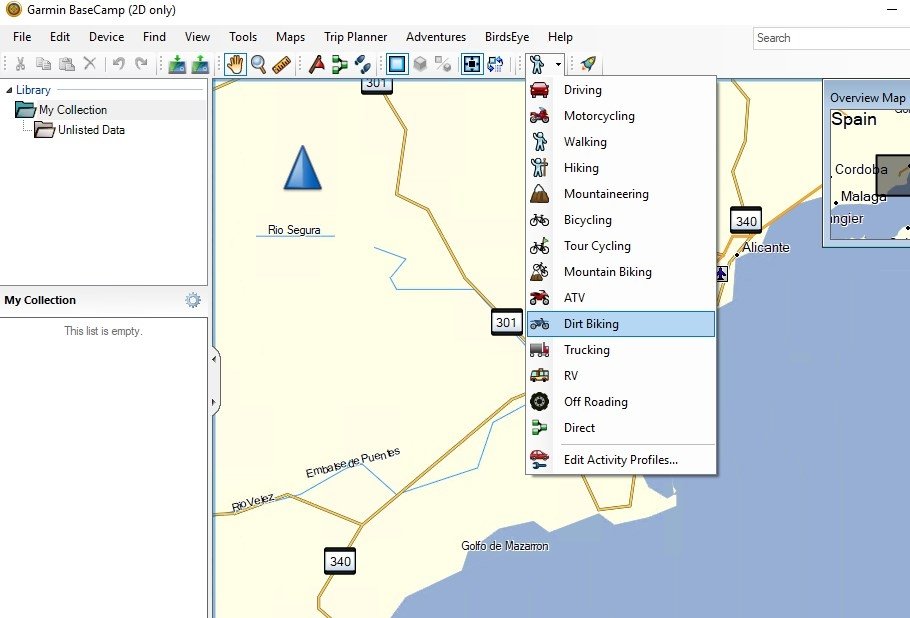

You can even further modify the route in your Garmin/smartphone app depending on the route planning functionality. For example, fine tune in in Kurviger after importing the tracklog created by GPS Visualizer. This won't work 100% for everybody in every situation though there are multiple opportunities to "fix" things along the way. You can either save the GPX to a file here by clicking "Export" or "Send to Scenic".Īt this point, you have a (hopefully) properly formed GPX containing a route and the corresponding tracklog, which can be imported into your Garmin Zumo or handheld or to a smartphone app. If they are redundant and/or unnecessary, remove them! Make life easier for your GPS :)Įnsure "Track" and "Route" are checked (if you wish to have both- always a good idea to have a track in case the route gets messed up)įor paid Kurviger users, also check the "Shaping points" box if you're using a Garmin GPS or other app that recognizes shaping points. You can optionally manually remove any extraneous waypoints along the route.

This will hopefully compensate for any discrepancies between Google Maps and the OpenStreetMaps that Kurviger uses. Just in case, click the "magic wand" to snap all route points to the nearest road. You'll now be presented with your GPX tracklog converted to a route using Kurviger's routing engine! Yay, you're almost there! If you've created a very short route 20 is overkill, though it won't add waypoints.ĭepending on the curviness of the route, etc., I estimate around 20 points per 200km (120 miles) If you've created a very long and/or curvy route, you'll want to adjust this up pretty high (maximum is 200). Remember where you put this file! Many people "lose" files by not paying attention to where it was saved.ĭrag and drop the file if you're savvy, otherwise click and select the file you saved from GPS Visualizerīefore clicking "Import", there's an important setting here.
Garmin basecamp trip planner tutorial download#
In the field "Or provide the URL of a file on the Web:", paste the copied share URL from Google My Maps.Ĭlick the "Convert" button and click the "Download." link to download your GPX locally. If this were a perfect world, GPS Visualizer would have its own routing engine and could convert the tracklog created by Google My Maps directly to a route in one step but alas, that is not to be. In a new browser tab, go to GPS Visualizer and click on " Convert to GPX". Once you're happy with the route (and even if you're not, this is saved so you can come back to it any time), click the "Share" button.Ĭlick "Enable link sharing" which enables the copy button, click the copy button to copy the URL to your clipboard. You can even add additional stops by clicking "Add Destination". Use zoom in/out and click on "Base Map" to switch between Map, Satellite, Terrain, etc. You can now precisely adjust your starting and/or ending points, if necessary.ĭrag the route (blue line) onto whatever roads you want to include in your route. Click the three vertical dots beside "Untitled layer": You can delete the first layer ("Untitled layer") if you desire just to get rid of clutter. Once you enter a destination, the map is updated with the route from point A to point B. Again, pick somewhere near where you want to go. This will add a layer to the map on the left-side. The interface here is a little different than Google Maps but if you're comfortable in GM, you'll be fine here. Give your route a name by clicking on "Untitled map".

Go to Google My Maps in your favourite web browser (I used Safari on a Mac)Ĭlick on "Create A New Map" in the upper left of the screen. Sorry to the tinfoil hatters, trackers gonna track. You must be logged into Google to access Google My Maps. Use Google My Maps, which is slightly different from Google Maps, to create a route using directions. If you're new to GPSes and/or GPX files, definitely seek out a tutorial on those topics before proceeding. Hang in there, get some seat time, and you'll be an old hat in no time. difference between a track and a route), not very comfortable using Google Maps, or the concept of juggling GPX files, you'll probably find this tutorial more difficult than you had hoped. Since a lot of you prefer Google Maps for route planning and are wanting to create routes for your Garmin Zumo or handheld or smartphone app of the day, I've put together a little tutorial which you may find helpful.īefore we start, if you're not relatively savvy with GPS terminology (ie.


 0 kommentar(er)
0 kommentar(er)
